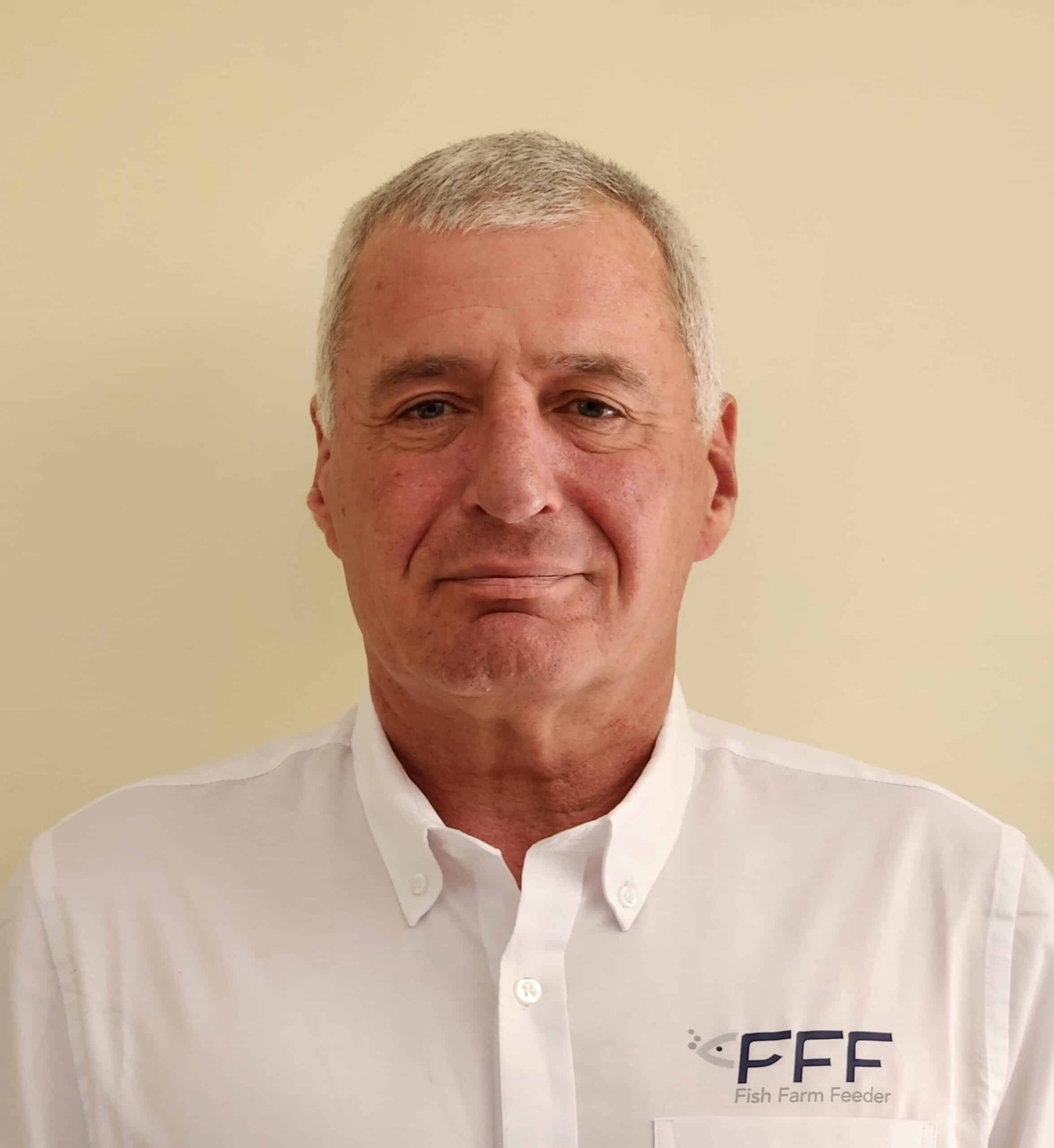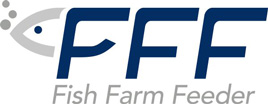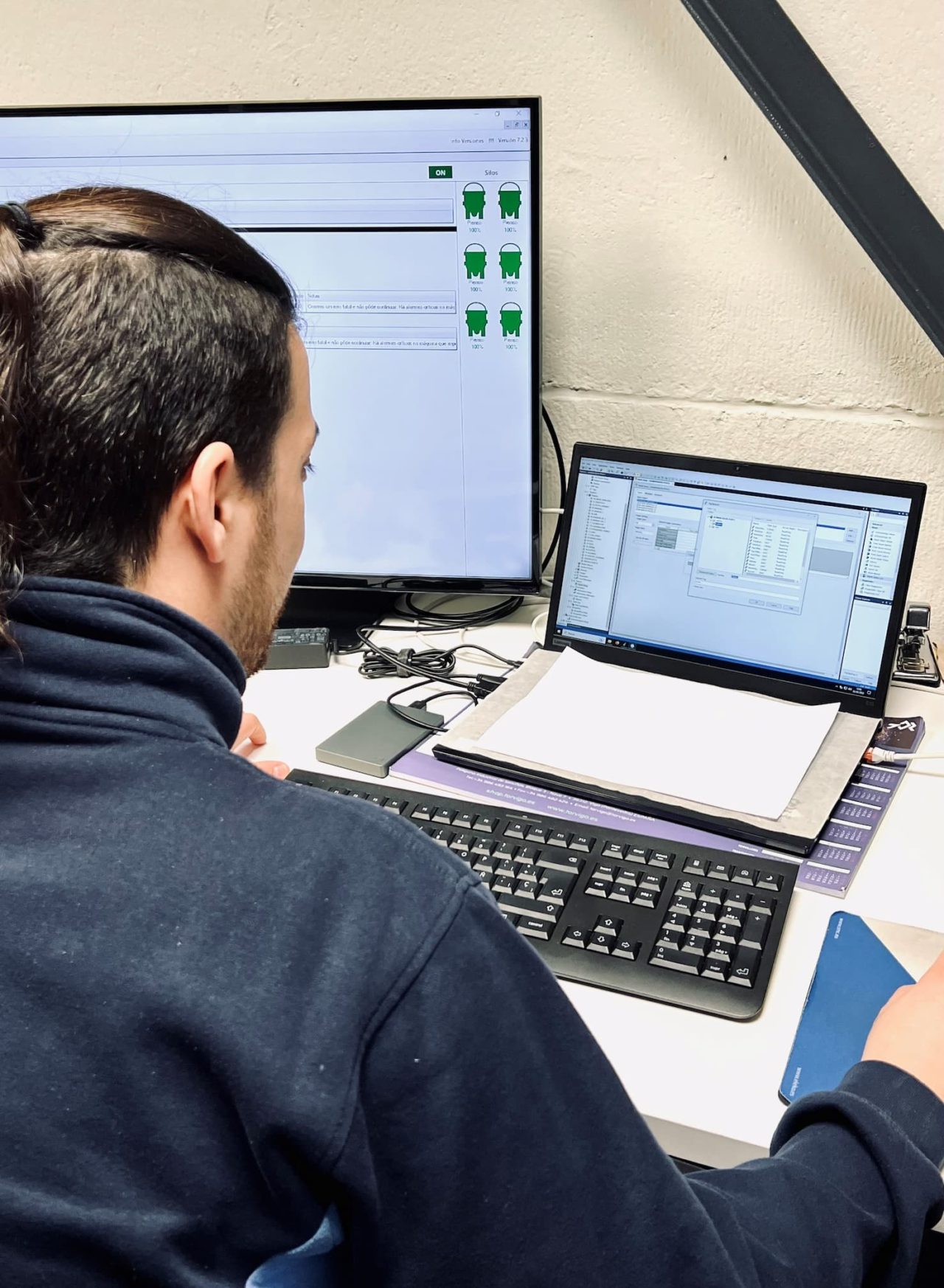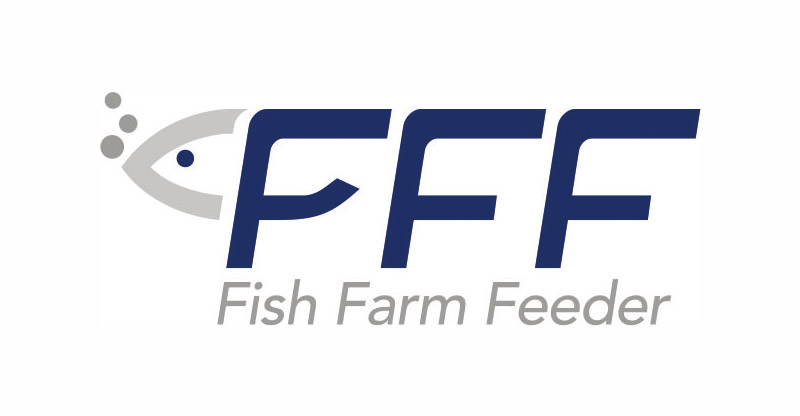In modern aquaculture, technological advances are playing a key role in food safety and traceability.
The implementation of automated feeding systems, in addition to optimizing production, ensures safety monitoring, allowing fish farmers to operate with greater confidence.
These systems thus become an indispensable tool for tracking each stage of the production cycle, ensuring the transparency and security that consumers and regulators demand. They not only improve operational management, but also ensure competitiveness in global markets where traceability and quality are non-negotiable.
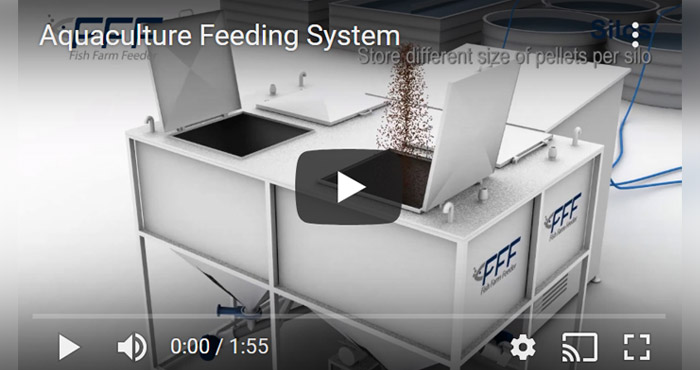
Areas of innovation in aquaculture
The Inter-American Development Bank (IDB) classifies nine areas of technological innovation where technology adds value to agri-food processes and activities, whether in primary and secondary production, processing and logistics, and finally distribution and consumption:
- New and efficient production systems (use of technology)
- Mechanization and automation of tasks (Artificial Intelligence
- Constant genetic improvement
- Big Data and precision agriculture (aquaculture)
- Management software and information and education services for producers
- Innovative buying and selling platforms
- Outsourced services and financing
- Technologies in food processing, logistics and distribution
- Innovative food products and services and use of bioenergy and biomaterials in packaging and presentations
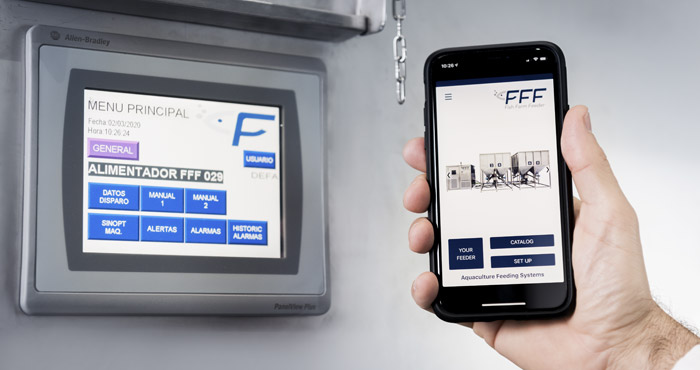
Real-time information on the physicochemical and biological parameters of the water and the production system provides the team, working at the fish farm, data not only to warn of situations, but also to track events, generate risk matrices or perform causality analyses that would otherwise be impossible to materialize.
How to implement technological improvements in an aquaculture farm?
Automated feeding systems not only optimize production, but also ensure that food safety regulations are met, which is crucial for accessing international markets.
These and other systems are the basis of traceability that certifications such as BAP (Best Aquaculture Practices) and ASC (Aquaculture Stewardship Council) rely on to prove to consumers their correct preference.
For the management of aquaculture companies to offer new tools at their technical level, it is essential to follow a well-structured strategy that demonstrates the management’s interest and commitment to continuous improvement. Every aquaculture farmer wants to do better. A leadership that embraces this view of farming has the opportunity to generate internal improvements and support its technical level with a good structure for analyzing the desired changes.
Let us keep in mind the following tasks:
>> 1. Needs Assessment: Identify specific areas where automation can improve efficiency and productivity. This includes analyzing current processes and determining the pain points that can benefit from the technology.
>> 2. Research and Technology Selection: Investigate the options available on the market, such as automated feeding systems that use sensors, artificial intelligence and the Internet to adjust the amount and timing of feeding according to the specific needs of the farm.
>> 3. Staff Training: Ensure that technical staff receive adequate training to operate and maintain the new systems. This may include workshops, online courses, and hands-on training sessions.
>> 4. Gradual Implementation: Introduce the technology gradually, taking care of a smooth adaptation and minimizing production disruptions. Start with pilot projects in specific areas before a full-scale implementation.
>> 5. Monitoring and Adjustment: Establish a continuous monitoring system to evaluate the performance of new systems and make adjustments as needed. Sensors and real-time data analysis can help optimize processes and improve specific performances such as survivability.
>> 6. Collaboration with Suppliers: Work closely with technology providers to ensure that systems are tailored to the company’s specific needs and receive ongoing technical support.
>> 7. Impact Assessment: Conduct periodic assessments to measure the impact of technology on production and operational efficiency. This will help justify the investment and identify areas for continuous improvement.
Implementing these tools not only improves operational efficiency, but also ensures competitiveness in global markets. Incorporating technology in aquaculture is no longer an option, but a necessity.
Luis-Felipe Díaz is a veterinary doctor, specialist in aquaculture with more than thirty years of experience in team management and systems in aquaculture production, genetics, reproduction, production and processes of salmonids. Decades of experience dedicated to the design and operations of fish farms, RAS systems and sustainable processes in aquaculture. Since February 2024 Regional Director America at FFF.
Contact: Felipe.diaz (@) fishfarmfeeder.com
